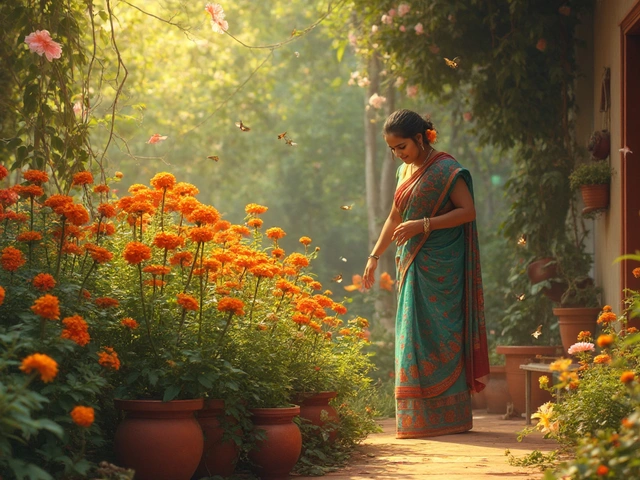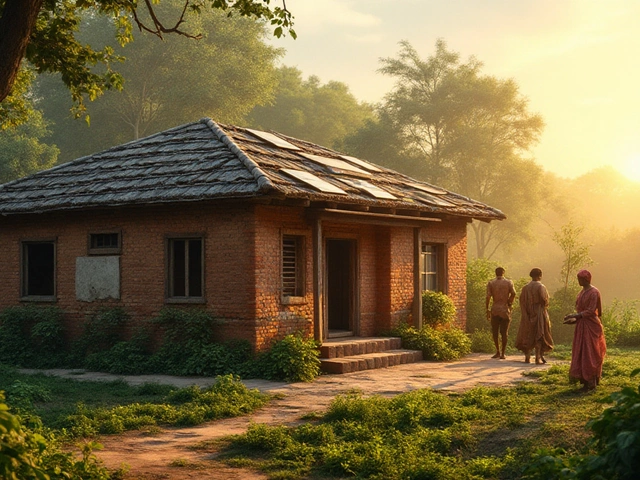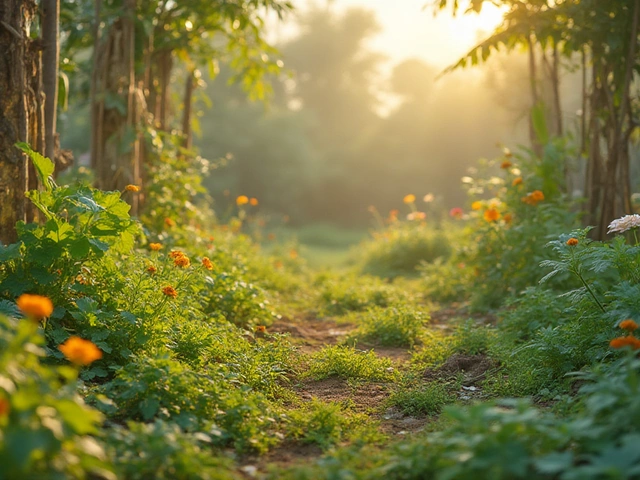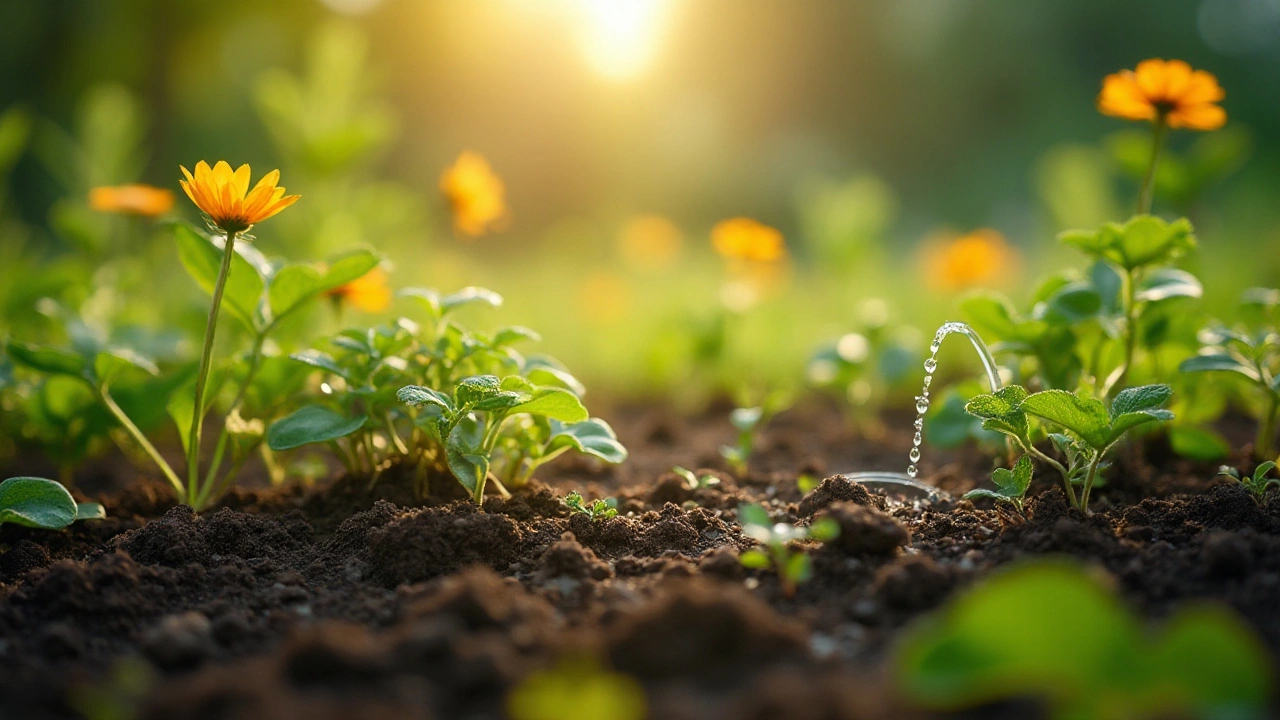Efficient Gardening: Simple Ways to Grow More with Less
Ever feel like you’re spending too much time and water on your garden without seeing the results you want? You’re not alone. The good news is that efficient gardening isn’t about fancy tools or huge budgets – it’s about a few smart habits that let you get bigger harvests while cutting waste.
Save Water with Smart Irrigation
One of the fastest ways to boost efficiency is to switch to drip irrigation. Instead of sprinklers that wet everything, drip lines deliver water straight to the root zone. Our post, “How Deep Should Drip Irrigation Lines Be Buried?” explains the perfect burial depth to avoid evaporation and protect the tubing. Even a shallow bury (about 2‑3 inches) works for most Indian soils, but heavy clay may need a little deeper placement.
If you’re budget‑conscious, start small. Lay drip tape along the rows of your most water‑hungry crops – tomatoes, peppers, lettuce – and watch the water usage drop by up to 60% compared to traditional watering. The initial cost might feel high, but the savings on water bills and the boost in plant health pay off quickly.
Boost Soil Health for Better Yields
Another key to efficient gardening is loose, healthy soil. Compacted soil chokes roots and forces you to water more often. The article “How to Loosen Heavy Garden Soil” gives easy add‑in ideas like adding a handful of compost, sand, or even rice husk to improve texture. Mix these in a few weeks before planting for best results.
Don’t forget to practice regular mulching. A thin layer of straw or dried leaves reduces surface evaporation and keeps weeds at bay. This simple step can cut watering needs by another 20‑30% while adding organic matter as it breaks down.
When you combine drip irrigation with improved soil, the two work together like a team. Moisture stays where it belongs – at the roots – and the soil’s better structure lets plants absorb it faster. The result? Faster growth, fewer water runs, and healthier plants that need fewer pesticides.
Speaking of pests, efficient gardening also means using natural controls. Our “Alternative Pest Control” guide shows how neem oil, garlic spray, and companion planting can keep bugs in check without expensive chemicals. Pairing “sister plants” like marigold with tomatoes can deter nematodes, meaning you spend less time treating disease and more time enjoying the garden.
Finally, keep an eye on the seasons. The “Best Months for Flower Blooming in India” post helps you time planting so you get maximum sunlight and rainfall. Planting at the right time reduces the need for extra watering or shading, keeping your garden running smoothly all year.
Start small, pick one or two changes, and watch the difference. Efficient gardening is a habit, not a project – the more you practice, the easier it gets. Your garden will thank you with bigger harvests, lower bills, and a greener backyard.
Evaluating the Benefits and Costs of Drip Irrigation Kits
Drip irrigation kits have gained popularity for their ability to deliver water directly to plant roots, reducing water waste and enhancing plant health. This article explores the economic and environmental benefits of these systems, discussing the initial investment, maintenance, and potential drawbacks. Readers will gain insights on choosing the right kit, essential tips for installation, and how to maximize their garden's productivity efficiently. By understanding the various aspects, garden enthusiasts can make an informed decision about integrating drip irrigation into their settings.
About
Drip Irrigation
Latest Posts


Grow Vegetables on Your Balcony: A Simple Guide
By Alden Thorne Feb 12, 2025

Can You Grow Rice in America?
By Alden Thorne Feb 28, 2025

Affordable Strategies for Building an Eco-Friendly Home
By Alden Thorne Jan 31, 2025

